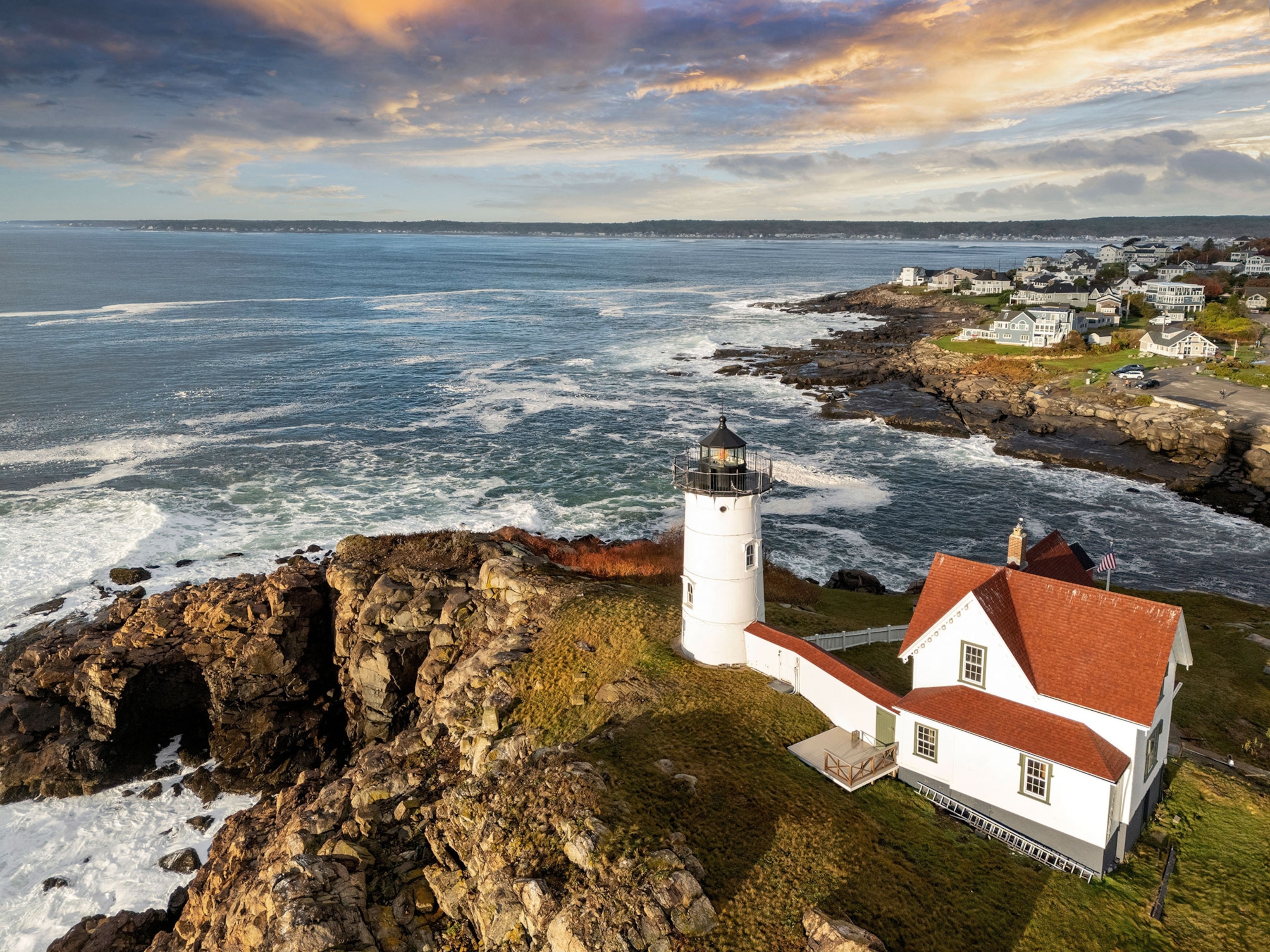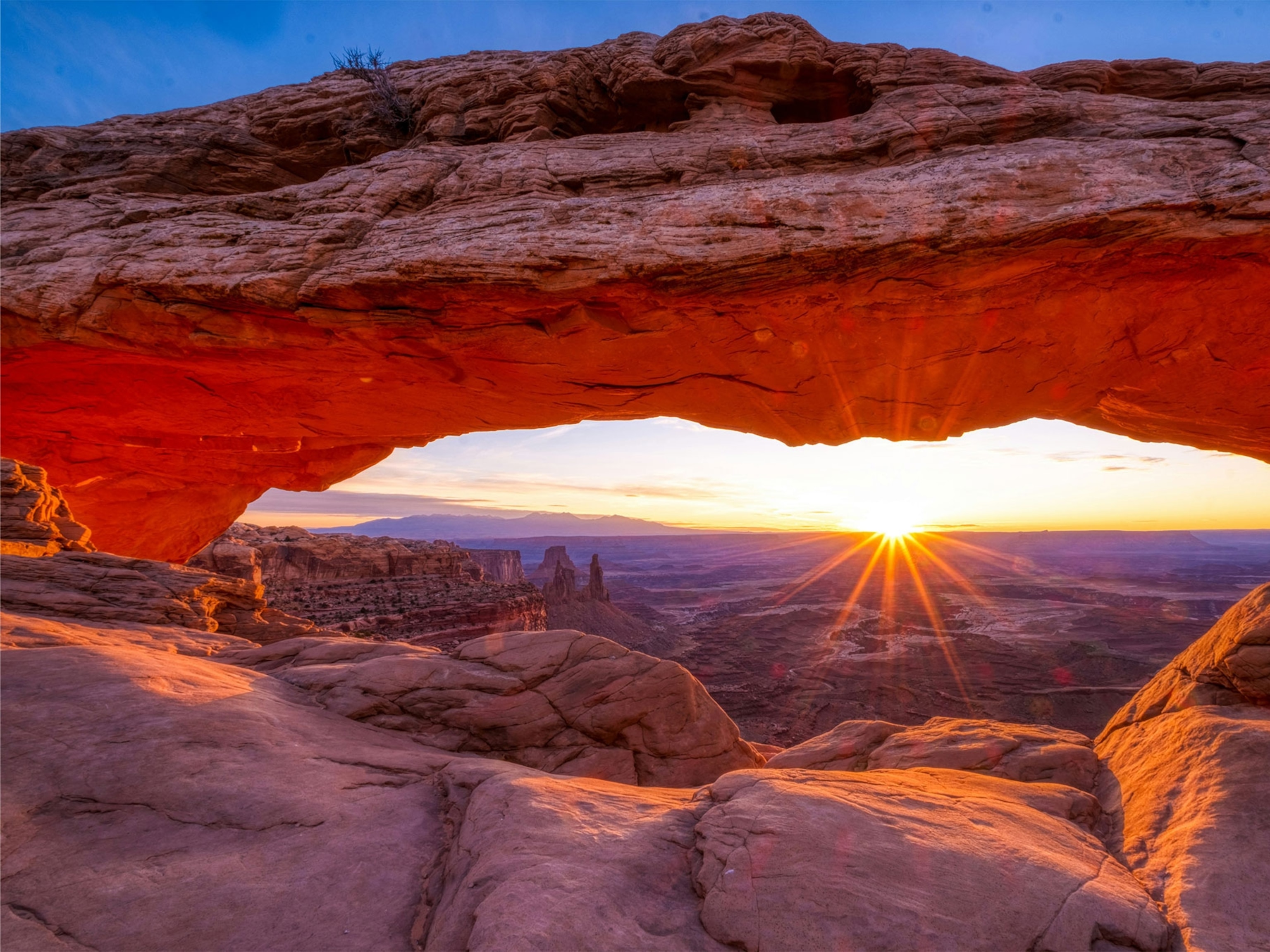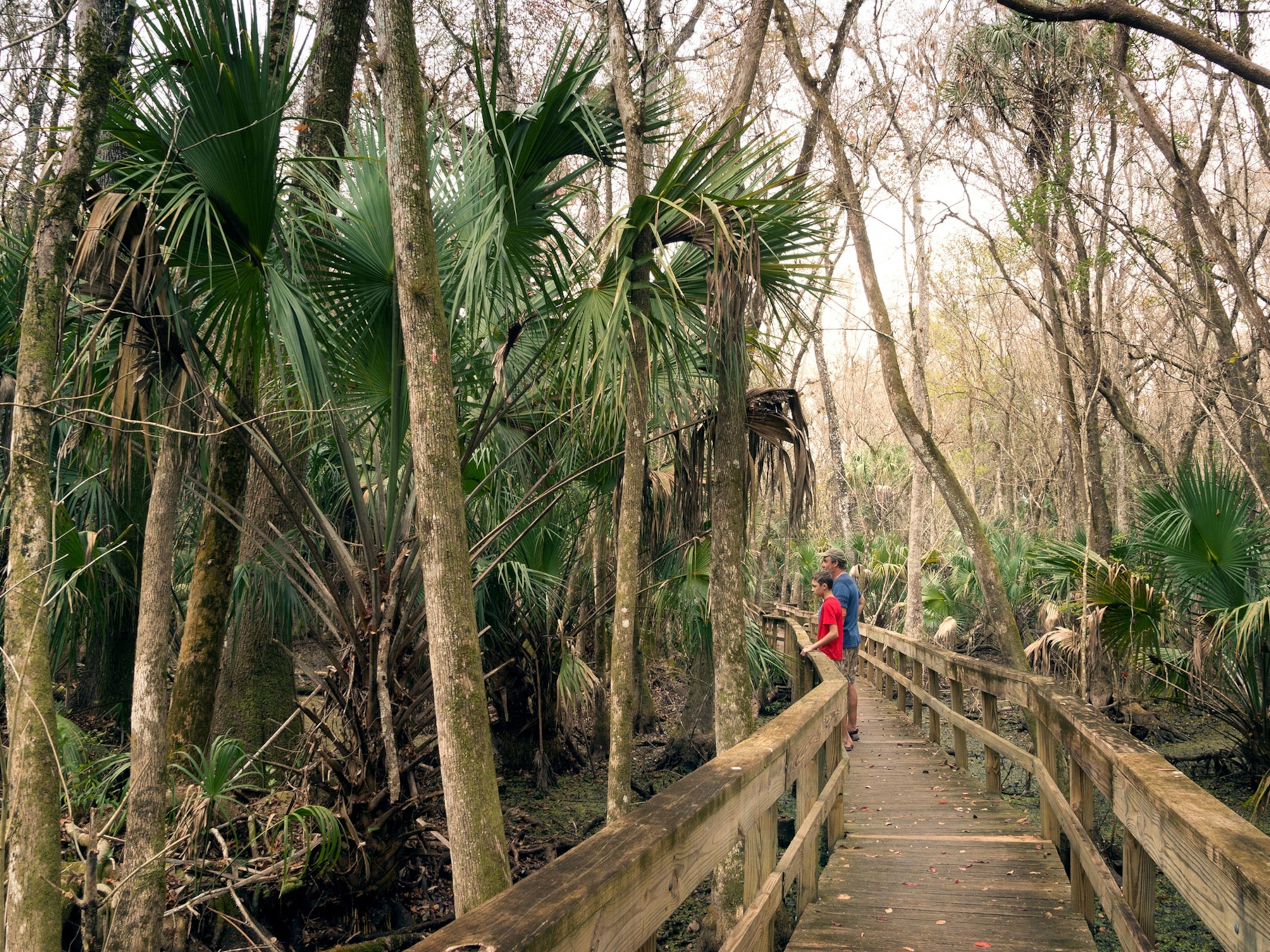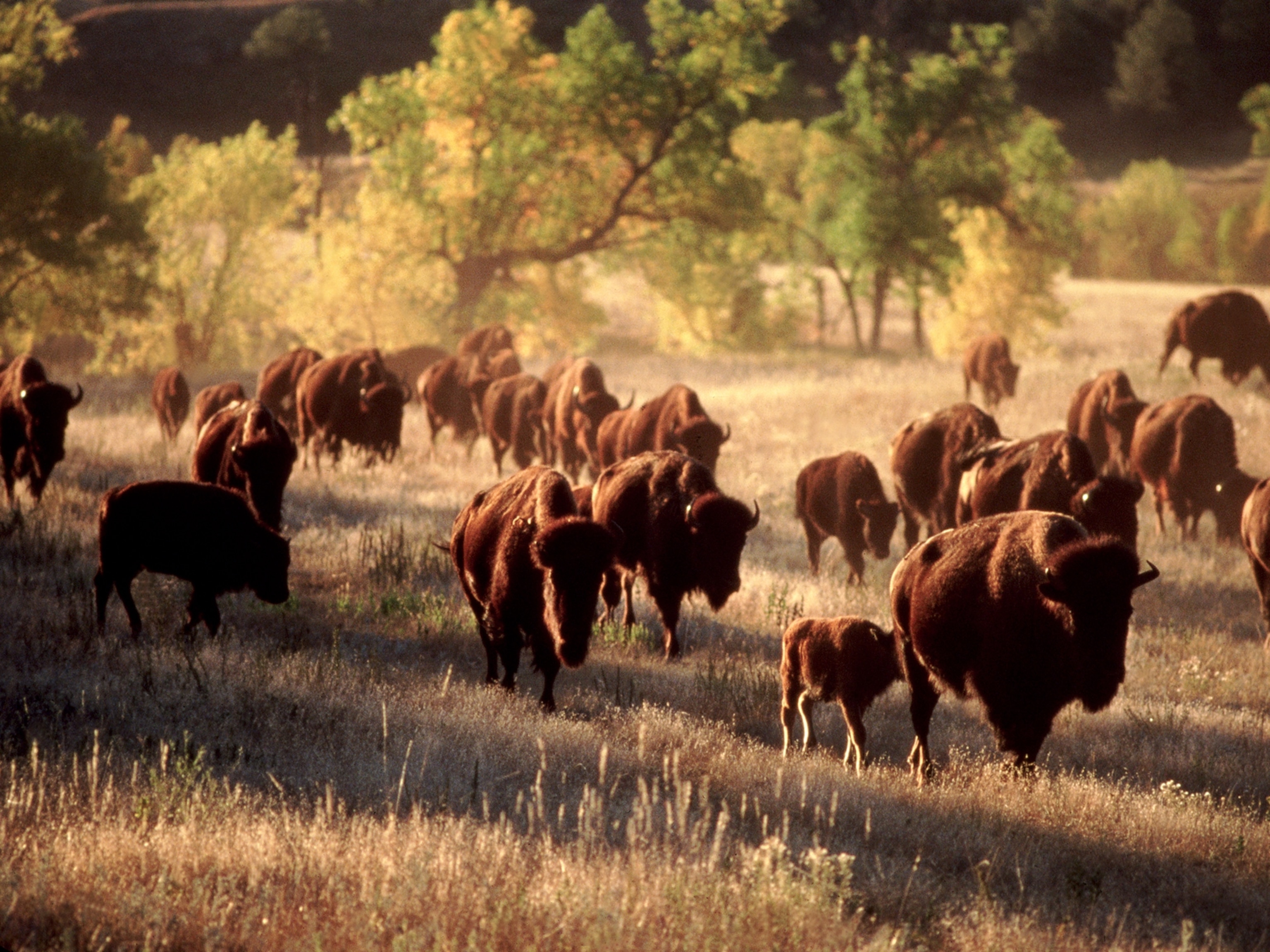
After Utah Video Scandal, a Primer on Hoodoos
An expert discusses the rock formations and backlash after one was knocked over.
Hoodoo you think you are?
That's the question for two Utah Boy Scout leaders who decided that a hoodoo—that's the name for a rock formation that looks like a column with a mushroom cap—needed to lose its top.
It seemed to them as if the cap were precariously balanced and could fall and hurt someone. So the guys toppled it. And made a video of their feat and posted it to YouTube. After being booted as Boy Scout leaders on Tuesday, the pair could face criminal charges for the incident at Goblin Valley State Park.
For insights into these rock formations—and whether they're indeed precarious—we turned to Marjorie Chan, a professor in the department of geology and geophysics at the University of Utah.
So what is a hoodoo?
A spire of rock that has an easily eroded column and a more resistant cap. Sometimes they look like mushrooms. They are kind of eerie, so they're called "hoodoos" and also have other names, from "fairy chimneys" to "goblins."
And what creates these freestanding columns?
It's a function of weathering and erosion in desert climates. Water from streams, runoff, and intense thunderstorms wear down the rock, especially along joints and cracks in the formation. Wind is the fine sculptor that does a lot of the smoothing and finishing.
I've seen conflicting reports about the age of the hoodoo that was toppled.
There are two different things when we talk about the age of these features. Number one is the basic rock: When was it deposited? About 170 million years ago, a tongue of the ocean came down from the north; sand and mud were deposited near an ancient shoreline. They were buried and turned into the Entrada Sandstone formation. So that's the age of the unit itself—when it was laid down.
But the formation of the hoodoos, these erosional remnants, is much younger. That age is not really clear and is very difficult to date. They're the result of a gradual process of erosion that began about 25 million years ago.
Are hoodoos a common formation?
Hoodoos occur in many places, but Goblin Valley has a high concentration in a small area. To me, Goblin Valley is a magical place. It's a place I took my kids when they were young, one of the very few places where kids can crawl all over the rocks and play hide and seek, because these goblins are [scaled in a way] that kids love and can explore. I would be sad if, because of what happened, the parks don't allow as much free access.
The guy who knocked the top of the hoodoo down said, "We have now modified Goblin Valley." Does nature modify the rock formations as well?
Wind and weather does. There are clays [in the rocks] that shrink and swell. If we have a big thunderstorm, a flash flood, there's more water erosion. The rocks are constantly modified by the elements because the environment is dynamic.
Do people have an impact?
People have been walking around the goblins for years. One of the things we don't know is the effect of foot traffic and people climbing on goblins.
Will there be any changes in how hoodoos and other formations are managed by the parks?
I believe we need to do a better job of inventorying these goblins, to do a census and measurements, to evaluate how they change over time.
Are hoodoos precarious? The man who toppled this one said he did so to prevent the cap from falling on someone.
Some of them are precariously balanced. You have the softer rock underneath the more resistant sandstone cap, and [the softer rock] does tend to weather away. It's surprising that an accident hasn't happened before.
Would this particular hoodoo likely have toppled by itself?
We don't know. It could have toppled over, but it could have lasted another hundred years or more.
What should a park visitor do if he or she sees a seemingly precarious hoodoo?
The proper thing to do, if you see something that looks precarious, is to report it. Let the people in charge make the decisions about what to do.
Are you surprised at the anger people have expressed toward this guy?
The backlash he's experienced shows that people feel strongly about these extraordinary rock formations that are part of the park. And they feel that the rocks belong to everyone.
And what's the message to take away from this crazy incident?
We need to be good stewards of this magical landscape. We should preserve it and enjoy it.




